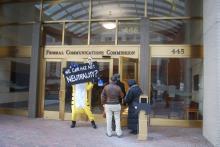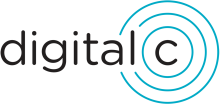
As Los Angeles County officials work with community coalitions to improve high-speed Internet access in underserved communities across the region, the Digital Equity LA Summit last week focused on the challenges ahead. Front and center: urging state officials to fix the broadband priority maps the state will use to target where to invest $2 billion in state broadband grant funds with the state months away from receiving over a billion additional dollars from the federal BEAD program.
Organized by the California Community Foundation (CCF) and held on the University of Southern California (USC) campus, the summit brought together hundreds of digital equity advocates, state, county, and city officials; many of whom are part of a broad coalition (that includes ILSR) known as Digital Equity Los Angeles whose mission is to bring “equitable access to fast, reliable, and affordable broadband for every Angeleno.”
After morning introductions, Sanford Williams – Special Advisor to FCC Chairwoman Jessica Rosenworcel – gave the morning keynote address. Williams highlighted his work at the FCC and his new role as chief of the agency’s digital discrimination task force, which is charged with combating the kinds of digital discrimination brought to light by a recent Digital Equity LA study that found higher poverty neighborhoods in LA (which tend to be mostly made up of people of color) pay anywhere from $10 to $40 more per month than mostly white, higher-income neighborhoods for the exact same service.
Recent Success, Future Challenges
The summit started off on a high-note with an overview of the successes coalition members advocated for over the past year, including the formation of a new statewide coalition (the California Alliance for Digital Equity) and, to the chagrin of wireless providers, the veto of a proposed state law (AB 2749) – which Gov. Newsom said, if passed, would “undermine the last-mile grant program by creating additional delays in its implementation.”
Another major win was also celebrated – passage of AB 2752, which authorized the California Public Utilities Commission (CPUC) to collect granular, address-level broadband data from broadband providers operating in the state. And while getting that kind of data is key to determining precisely where broadband funds are most needed, the celebration was short-lived as it set the stage for a spirited discussion and deep-dive into the coalition’s next battle: getting the CPUC to create maps that actually reflect the reality of which communities are truly served or not.
Representing the CPUC were Michael Mullaney, Communications and Transportation Advisor to CPUC President Alice Reynolds; and Michael Minkus, Broadband Casework Manager with CPUC’s Communications Division.
The pair discussed how the priority maps were created, why the CPUC favored “future proof” broadband infrastructure (“we don’t want to be back here in five years doing the same thing”), and how the CPUC intends to address the “cherry-picking” of Internet service providers.
They acknowledged that the preliminary, iterative maps “are not what many communities want to see” and that some of the poorest communities have not been designated priority areas, adding the CPUC will be updating its data and that “feedback was important.”
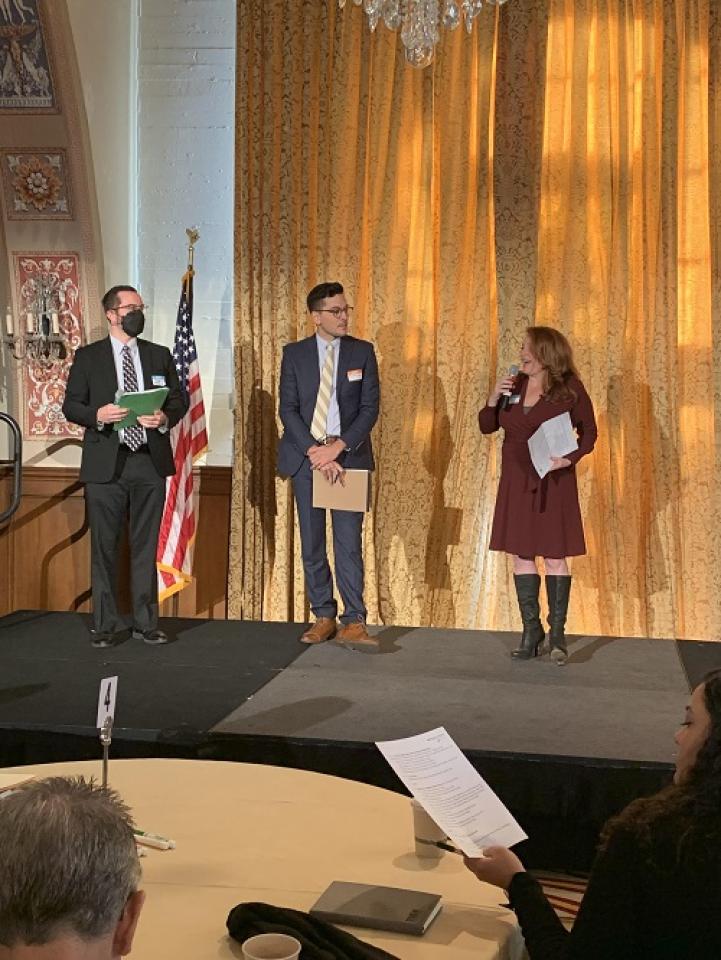
They didn’t have to wait long for first-hand feedback. When CCF’s Digital Equity Initiative Director, Shayna Englin, took the mic, she commenced to politely but thoroughly eviscerate the CPUC mapping process – wielding a set of slides, data, and the state’s own enabling statute like a Sushi knife slicing a California roll.
“The Priority Areas Map are weighted overwhelmingly toward the wealthiest, most advantaged, best-connected communities in the state, and leaves out the most disadvantaged, least connected Californians,” Englin said, noting how communities next to the Pebble Beach Golf Clubs (where members pay a $47,000 initiation fee for membership) and Montecito Country Club (which counts Oprah Winfrey as a member and neighbor) are currently designated priority areas on the CPUC maps.
Meanwhile, Englin said, “the Priority Areas Map excludes every single community in the heart of LA County. All of the geographies with the highest percentage and largest numbers of disconnected people in the most populous County in the state have been left out, including nearly all of the most disadvantaged communities and all of Los Angeles' historically redlined neighborhoods.”
She went on to ask the CPUC representatives a number of pointed questions: What will the Priority Areas Map be used for? Priority? Eligibility - de facto or de jure? What is the plan for updating the maps and will those updates include additional kinds of data, different weighting of data types, or simply updated CostQuest fabric data? Will the Priority Areas be revised to incorporate equity before applications open? And what official weight do comments on the map have, versus formal Party comments, motions, or other feedback mechanisms?
And, as Englin concluded, all that is wrong with the map cannot be covered in the 300-character limit on the CPUC online feedback portal.
The room erupted in applause.
Testifying on ‘Garbage in, Garbage Out’
Days after the summit Englin testified at a hearing of the State Assembly Committee on Communications and Conveyance [PDF], echoing the same concerns she laid out at the summit.
If spending is allocated as the Priority Areas Map envisions, then we are at risk of squandering this historic opportunity to make investments that meaningfully, sustainably close the digital divide.
The single best predictor of whether you have fast and reliable Internet is whether you can afford it. Statewide, even as access at the slowest speeds has increased for everyone, the gap in access between poor and wealthy Californians persists, largely unchanged in 20 years.
By releasing a prioritization scheme that almost entirely excludes the most disadvantaged communities from consideration, the Commission has positioned Federal Funding Account deployment to double down on the divide, not close it …
Our … final concern: last week a member of the Digital Equity LA coalition, in conversation with a CPUC staff member, summarized it as GIGO: garbage in, garbage out. The Priority Areas Map reflects a possible GIGO situation.
Indeed the 22-page report documenting the process and methods utilized to develop the priority areas does not include even one instance of the phrase ‘disadvantaged communities.’ These concerns sit on top of the bafflement that the Priority Areas Map seems to have been developed without reference to the Commission's own guidance.
‘Ditch the maps’
Lastly, Englin testified, the coalition’s suggested remedy: “Ditch the maps.”
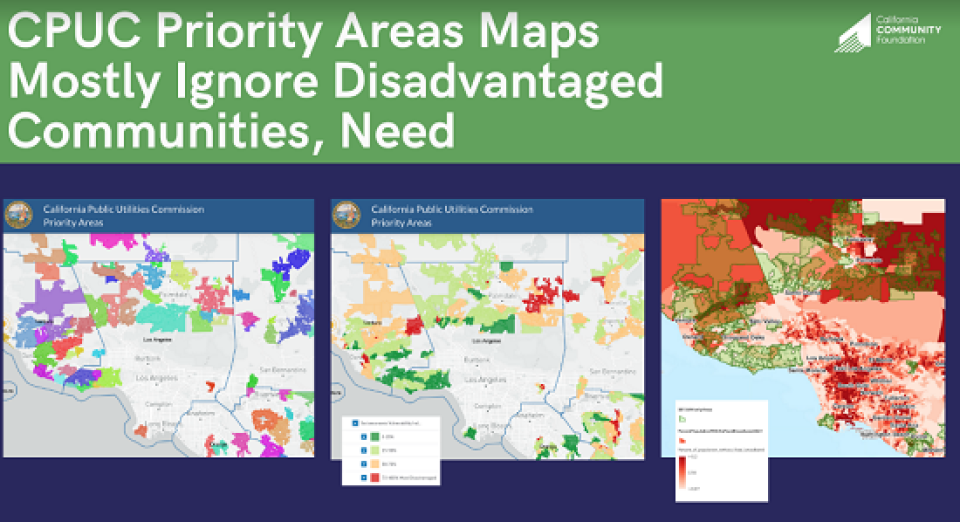
Given the short timelines and rapidly approaching deadlines to allocate federal dollars for last mile deployment, Englin said she was not asking for the map to be revised. Instead, she recommended, it would be better to address the underlying issues with the model CPUC used to develop the map.
And because that would take longer than current funding deadlines would allow, “we respectfully and humbly suggest that the Commission make minor revisions to the decision to rename the priority areas to ‘business opportunity areas’ or similar, revise the application scoring rubric to remove or dramatically reduce the 20 points awarded for proposing to build in one of these areas, and remove the direction to the Communications Division to develop priority areas,” she said.
What Lies Ahead
While Englin and other coalition members have been vocal critics of the CPUC’s Priority Area Map, they still see the agency as an ally in the work to bridge the state’s digital divide.
“The coalition has been doing a lot of work in terms of trying to help the CPUC do the right thing and this mapping issue has been galvanizing people all across the state,” Englin told ILSR this week, citing its burgeoning relationship with Oakland Undivided in working on this issue.
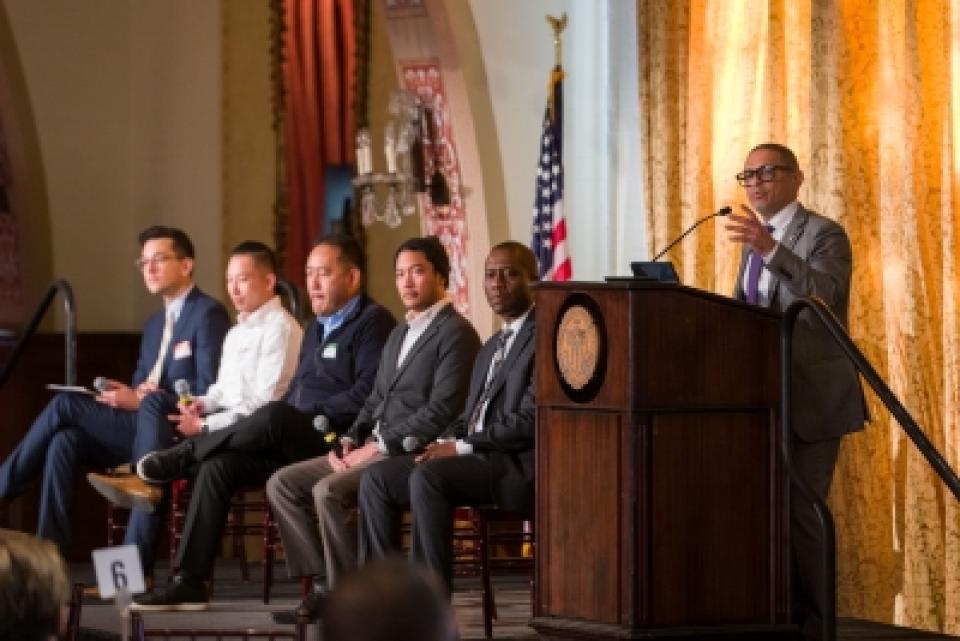
“We have been closely aligned with Oakland Undivided on this. The fact that these maps are so wrong in a consistent way, particularly in urban areas, has galvanized cross coalition work in a really remarkable way,” she added.
The mapping issues are fundamental, Englin said, because they represent the “first signal on how the state is contemplating deploying billions of dollars in broadband funding.”
Also, she said, there will be fierce competition between ISPs, municipalities, and cooperatives to receive grant funding.
Should the CPUC not take the coalition’s recommendation to ditch the Priority Area Map and drop the provision that would give applicants 20 bonus points on a 130-point application scoring system, it means that wealthy communities like Malibu would have an unfair leg-up on cities like Los Angeles or Oakland, which have much larger concentrations of digitally disadvantaged neighborhoods. Or, as Englin puts it, “imagine Malibu starting 20 points ahead of Los Angeles because it is considered a ‘Priority Area’ – it makes no sense.”
ILSR has been a Digital Equity LA coalition partner and will continue to follow and report on developments in LA County and the rest of the state as the CPUC moves forward in administering the state’s Last Mile Grant Program.


